
“CaaS, it’s kinda the holy grail of deterrence,” declared Brandon Tseng, president and co-founder of Shield AI, at its recent product unveiling in Washington, D.C. This was no typical prototype under stage lighting it was a statement about future military aviation.

The X-BAT, a jet propulsion vertical takeoff and landing (VTOL) autonomous fighter, is a convergence of two technologies that to date have not converged at this level AI-piloted autonomy and runway independence. With a core around Shield AI’s combat-optimized Hivemind software – the same AI that flew an F-16 in a real-world dogfight – it will transform operating doctrine for US military forces as well as allies.
For defense technology enthusiasts, military planners, and aerospace engineers, the X-BAT is more than a concept. It’s a potential answer to the Indo-Pacific’s tyranny of distance, a hedge against vulnerable airbases, and a leap forward in AI-driven combat capability. Here are seven of its most compelling breakthroughs.

1. Combat-Proven AI at Fighter Scale
The cornerstone of X-BAT’s capabilities is Hivemind, an autonomous engine that was originally designed under DARPA’s Air Combat Evolution program before being exercised in 2024 via X-62A dogfight experiments. Hivemind, during a 2024 trial, operated a modified F-16 against a manned opponent, executing offensive as well as defense moves at closing speeds of 1,200 mph. This was termed by then–Air Force Secretary Frank Kendall as a “transformational moment” that saw theoretical autonomous capabilities become a reality on the battlefield. Unlike rule-based autopilots, Hivemind dynamically adapts with machine learning under uncertain conditions, operating with no GPS or recurring communictions. This allows X-BAT to work in contested electromagnetic environments where crewed aircraft might get blinded or isolated.
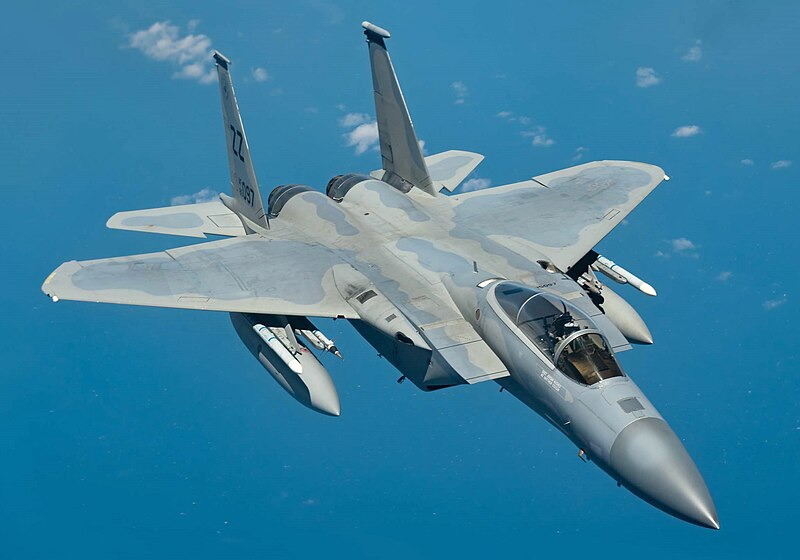
2. Vertical Takeoff and Landing Without Elaborate Lift Systems
The X-BAT’s VTOL configuration avoids the mechanical complexity of tiltrotors or lift fans. With an F-16-class afterburning engine and a 1990s F-15 ACTIVE program thrust-vectoring nozzle, tail-first launching from a trailer or ship deck, flying forward, and vertical recovery are possible. VTOL ground survivability, according to Armor Harris, Shield AI’s senior VP for aircraft engineering, is just as important as air survivability – staying out of cratering, which allows foes to kill assets by destroying airbases. Recovery occurs sans afterburner, with dry thrust to refrain from harming launch platforms, and controlled by tail-sitting control algorithms that are based upon Shield AI’s V-BAT drone experience.
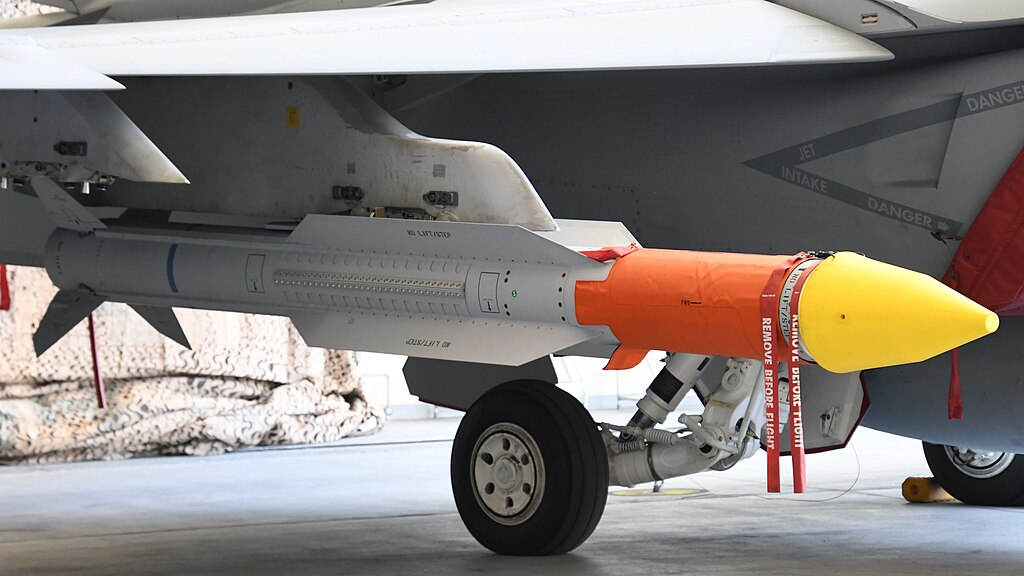
3. Stealth and Survivability in a Compact Airframe
The tailless, flying-wing, low-observable X-BAT design features a configuration for decreasing radar and infrared signatures, yet VTOL thrust-vectoring leads to compromises for exhaust shapings. Folding wings allow for transport and launching from cramped spaces, with carriage of AIM-120 or AIM-174B missiles in internal bays to preserve stealth shapes. The aircraft was characterized as being “much more survivable than other CCAs to date,” a description supported by its high-subsonic cruise effectiveness as well as tailoring of its lift/drag ratio for long-range application with no tanker requirements.
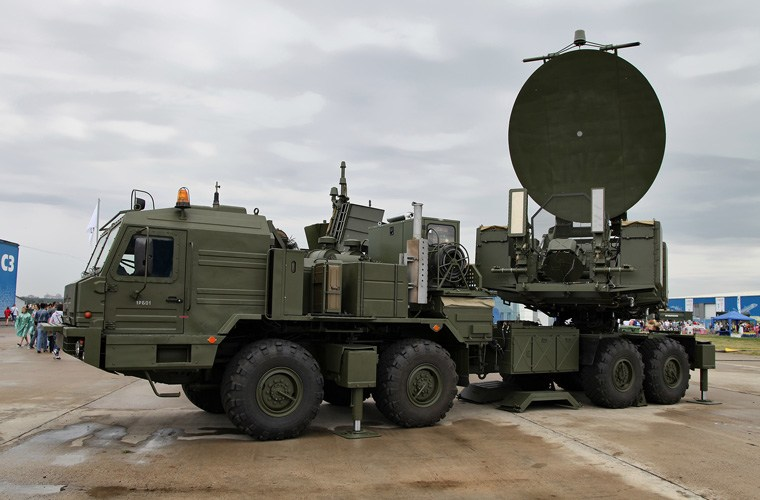
4. Multi-Role Capability Within Mission Profiles
Shield AI created X-BAT as a real multi-role aircraft with air-to-air, strike, electronic warfare, and ISR capabilities. It has modular payload bays with open mission system architecture for fast integration of new sensors or weapons. This flexibility offsets fluctuating threats from counterterrorism to peer-level warfighting with a single fleet for various sets of missions. Most prominently, it will work alongside manned fighter aircraft or by itself, patrolling for threats where networking capabilities are not.
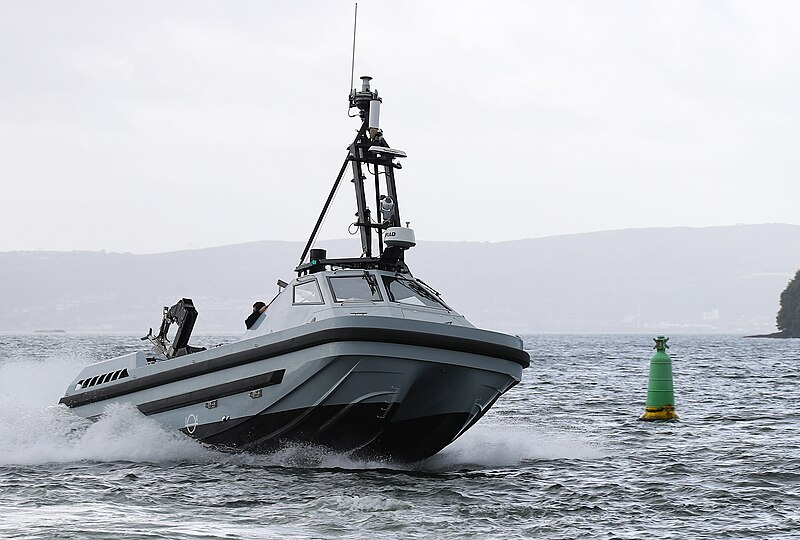
5. Expeditionary and Naval Deployment Potential
With a 2,000-nautical-mile range and runway independence, X-BAT may be launched from large-deck amphib ships, Littoral Combat Ships, unmanned surface vehicles, or converted container ships. Harris noted that a single LHA might carry as many as 60 X-BATs, extending strike reach 1,000 nautical miles in any direction. This flexibility underlies US Marine Corps and US Navy distributed maritime operations thinking, converting non-traditional hulls to relocatable airpower nodes, making it harder for adversaries to perform targeting calculus.

6. Designed for Attritable Mass and Cost Efficiency
Attritable aircraft inexpensive enough to risk in high-risk territories — hold the key to the Air Force’s Vision for its Joint Combat Aircraft. X-BAT, as reported by Shield AI, provides “high-end capability for a fraction of the cost of existing fighter jets,” at a cost in the range of $30 million per aircraft. Its small size allows for three X-BATs to occupy a single legacy fighter’s deck space, tripling sortie generation in adversarial areas. This cost curve break attempts to compensate for peer attackers’ quantitative superiority by allowing for bigger, more survivable flotillas.
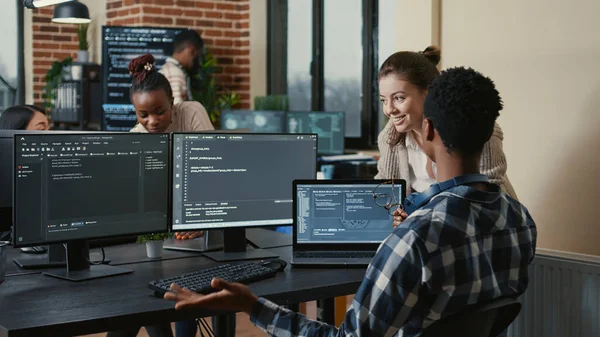
7. Cyber Hardening and Rapid Software Evolution
Harris emphasized that future wars will be decided by “who can refresh the software fastest.” Learning lessons from Ukraine, Shield AI designed X-BAT’s architecture for fast iteration while implementing defense-in-depth cybersecurity protecting everything from onboard platforms to commander networks. The aircraft autonomy stack may be upgraded to compensate for nascent threats or adjust tactics during a campaign, such that every unit that is sent out enjoys fleet learning as well as having at any point in time, its best AI pilot.
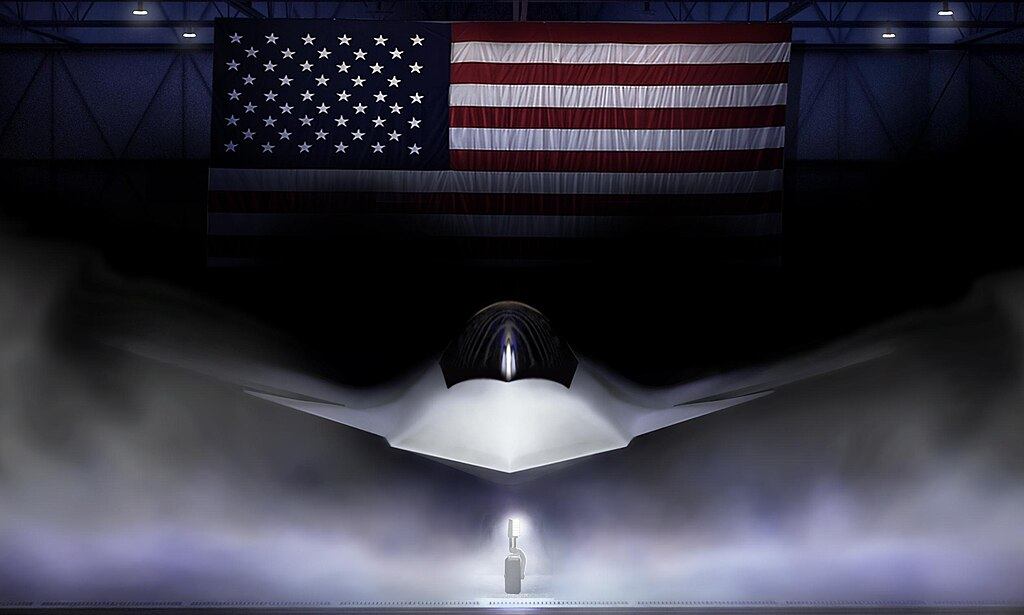
Shield AI’s X-BAT remains a decade at least away from final deployability, with vertical takeoff tests planned for 2026 and overall-system certification in 2028. Nevertheless, its convergence of AI autonomous control, vertical-tilt capabilities, stealth, and multirole versatility defines it as a disrupter in the next-generation air-dominance race. For strategist as for engineer, it’s a physical preview of a battlespace in which runways are optional, AI resides confidently in the cockpit, and air power can be extended from practically anywhere.

